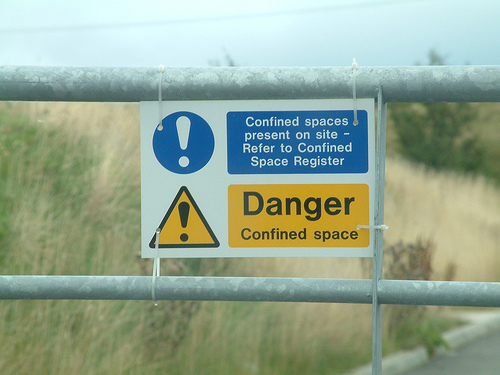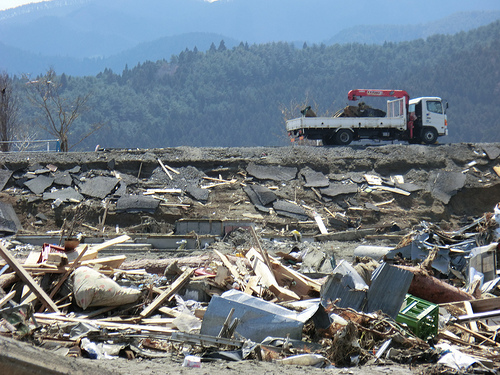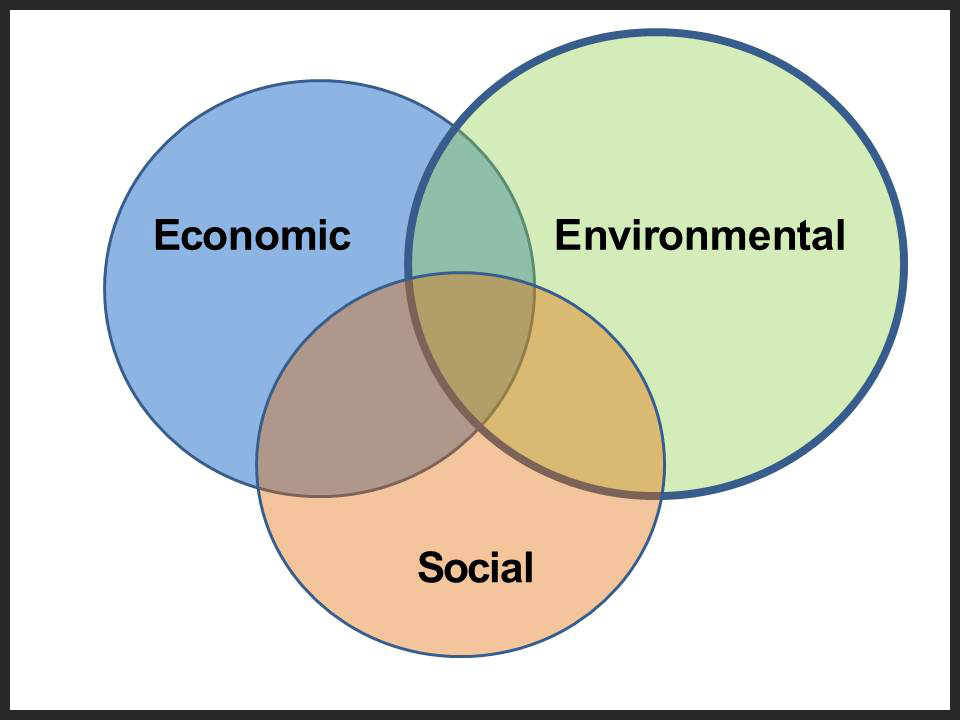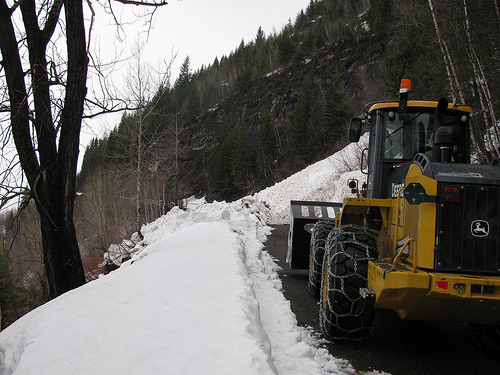Federal laws protect individuals against job discrimination based on a variety of “protected classes” of characteristics. Most represent physical characteristics, such as race, sex, and disability. In addition, however, Title VII of the Civil Rights Act of 1964 prohibits a prospective employer from refusing to hire an applicant in order to avoid accommodating a religious practice that it could accommodate without undue hardship.
Audit, Compliance and Risk Blog
Supreme Court Expands Employers’ Duty To Avoid Religious Discrimination
Posted by Jon Elliott on Thu, Jul 09, 2015
Tags: Corporate Governance, Business & Legal, Employer Best Practices, Employee Rights, EEOC, NLRB
You’ve likely heard it said that “everything we need to know we learned in kindergarten.” Well, that includes the benefits of taking a nap in the middle of the day, which has been shown to improve attitudes and enhance the ability to learn and manage tasks. Young children and elderly persons tend to nap, and napping is an important aspect of many cultures. However, as a nation, the United States appears to be becoming more and more sleep deprived. General reluctance to take naps may be attributed to a busy lifestyle and the demands of the North American workplace, or to the idea that napping will interfere with our nighttime sleep, or the stigma that napping equals laziness and results in poor productivity.
Tags: Corporate Governance, Business & Legal, Employer Best Practices, Health & Safety, Employee Rights, Training
Last week the U.S. Occupational Safety and Health Administration (OSHA) issued its first detailed standard requiring employers in the construction sector to define confined spaces in their workplaces, and to implement training and safety programs to protect employees. This new standard incorporates longstanding requirements for most employers (what OSHA calls “General Industry”), with enhancements based on ongoing experience. Whether your organization is in construction, general industry, or another specialized sector, OSHA’s new standard provides a reminder to consider confined space safety in your workplaces. The following discussion summarizes the main issues and associated compliance requirements.
Tags: Business & Legal, Employer Best Practices, Health & Safety, OSHA, Employee Rights
Last weekend’s disastrous earthquakes in Nepal are a reminder that natural disasters can strike anywhere. Employers can and should plan for a broad range of events, and can apply guidance from occupational safety and health agencies standards when doing so. The U.S. Occupational Safety and Health Administration (OSHA) requires employers with specified activities to prepare and implement emergency action plans (EAPs), provides guidance for EAPs, and recommends that all employers prepare these plans. Employers can use this structure to prepare for earthquakes.
Tags: Corporate Governance, Employer Best Practices, OSHA, Environmental risks, Environmental, EHS, EPA
NIOSH Expands Recommendations for Tobacco-Free Workplaces and e-Cigarettes
Posted by Jon Elliott on Tue, Apr 21, 2015
As most readers know, employers have very broad responsibilities to provide their employees with a workplace that is “free from recognized hazards.” To meet this Employer’s General Duty, employers must do more than just identify and comply with applicable safety standards issued by the Occupational Safety and Health Administration (OSHA) and its equivalent (I discussed this general provision here). Employers also must take other – unspecified – steps to identify and “recognize” unregulated hazards. One important version of these steps is to watch for non-binding recommendations from OSHA, the National Institute for Occupational Safety and Health (NIOSH), and other credible organizations in industry, government and academia,
Tags: Corporate Governance, Business & Legal, Employer Best Practices, Health & Safety, OSHA, Employee Rights
Finalization of Revised ISO 14001 Standard for EMS
Posted by STP Editorial Team on Mon, Mar 30, 2015
The revision of the ISO 14001 Environmental Management Systems Standard is now in its final stages. The Final Draft International Standard (FDIS) will be released soon for the membership to vote for approval or reconsideration—and voting will continue for two months, at which time, the FDIS will be approved as is, or sent back to the ISO Environmental Management Technical Committee 207 (ISO/TC207). Due to the lengthy and deliberate process built into reviewing and updating ISO standards, it is rare for an FDIS not to be approved.
Tags: Corporate Governance, Business & Legal, Employer Best Practices, Environmental risks, Environmental, corporate social responsibility
The Tax Court of Canada reviewed the requirements for a directors’ resignation to be effective in the context of potential personal liability for the corporation’s failure to remit source deductions under the Income Tax Act in determining that a resignation document prepared by corporate counsel was sufficient, even though the directors never saw the document (Gariepy v. The Queen, 2014 TCC 254). In this case, Donna Gariepy and Sally Chriss agreed to act as directors of 1056922 Ontario Limited (“105”) at the urging of their husbands, Derek Gariepy and George Chriss, the actual managers of 105. The directors’ husbands had been directors of CG Industries (CGI) that had become insolvent and owed significant unremitted source deduction amounts to the Canada Revenue Agency (CRA).
Tags: Corporate Governance, Business & Legal, Employer Best Practices, Accounting & Tax, Employee Rights, Canadian
OSHA: Winter’s Not Over Yet—Work Safe in Cold Weather
Posted by STP Editorial Team on Mon, Mar 16, 2015
Spring may be just around the corner, but winter isn’t over yet. Those of us who work in comfortable indoor spaces are fortunate that we only experience the cold weather on our way to and from work. However, for the many who work outdoors, the weather presents a daily challenge, especially during winter.
Tags: Corporate Governance, Employer Best Practices, Health & Safety, OSHA, Employee Rights, EHS
Injury And Death Due To Railway Trespassing is Preventable
Posted by STP Editorial Team on Mon, Mar 09, 2015
Trespassing along railroad and transit rights-of-way (ROW) is a leading cause of rail-related deaths in America. Almost every two hours someone in the U.S. is hit by a train. Highway-rail crossing and trespasser deaths account for 90 percent of all rail-related deaths; more than 550 trespass fatalities and nearly as many injuries occur each year.
Tags: Corporate Governance, Employer Best Practices, Health & Safety, Training, Transportation
Although it’s been in the 70’s here in California, employers in most parts of the continent should be worrying about protecting workers against the extremely cold weather. Occupational safety and health regulators include “environmental” hazards as those that may require employers to provide their employees with personal protective equipment (PPE), and employers also bear a “general duty” to protect workers against recognized hazards. These requirements cover potential harm from extreme temperatures including cold. The U.S. Occupational Safety and Health Administration’s (OSHA) PPE standards address cold, and U.S. and Canadian guidelines apply general worker protection principles to "cold stress" hazards.
Tags: Corporate Governance, Business & Legal, Employer Best Practices, Employee Rights, EHS










